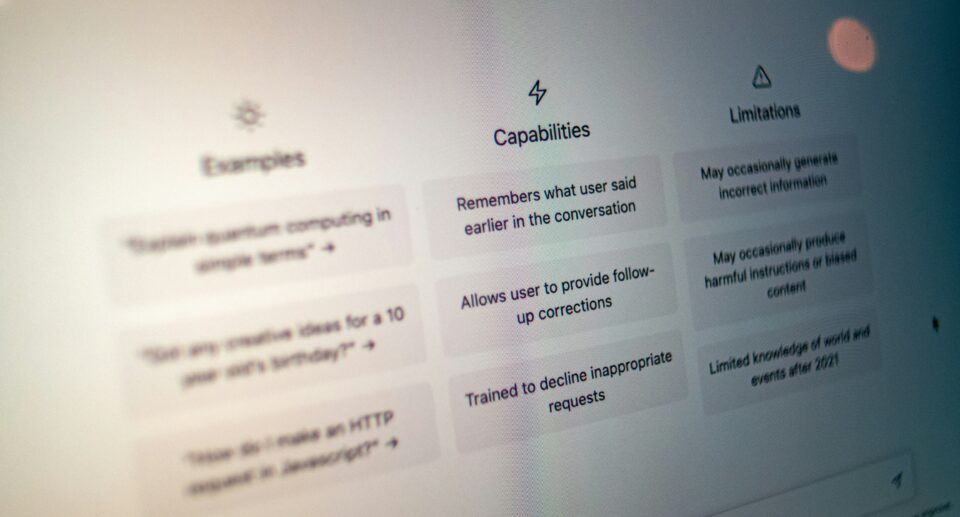Prompt Engineering for Value Propositions

A good value proposition isn’t just about what you do. It’s about why someone should care — and that depends on who they are, what they need, and where they are in the decision journey.
Most marketers know this. But when it comes to writing copy that speaks to different customer segments, things fall apart. The result is often one-size-fits-all messaging that feels vague, forgettable, or flat.
With the right prompt engineering techniques, you can use AI to generate segment-specific value propositions that are sharp, relevant, and conversion-ready. In this article, we’ll break down how to build prompts that deliver messaging aligned with your audience’s mindset — whether you’re targeting founders, product teams, or procurement leads.
The Problem with Most AI-Generated Messaging
AI is fast, but it’s only as good as the instructions you give it. Most generic prompts like
“Write a value proposition for a CRM tool”
will get you generic answers like
“Streamline your sales process with our powerful CRM solution.”
That might technically describe the product, but it doesn’t speak to a specific audience. It doesn’t address their pain points, motivations, or what they need to hear at that moment.
This is where prompt engineering comes in. Instead of asking for copy, you train the model to think through the lens of your audience, your positioning, and your goals.
Step-by-Step: Prompt Framework for Segment-Specific Value Props
The core idea is to structure your prompt to include:
- Who the message is for
- What problem they face
- What outcome they want
- What context they’re in (platform, funnel stage, use case)
- What tone or format you want the output in
Here’s a base template you can adapt:
“Act as a senior B2B copywriter. Write a clear, benefit-focused value proposition for [product], targeting [buyer persona] who is struggling with [pain point]. They’re in the [stage] of the buyer journey. Format it as a single sentence suitable for [landing page headline / cold email intro / ad copy]. Keep it concise and actionable.”
Example: One Product, Three Segments
Let’s say you’re marketing a productivity tool.
Segment 1: Startup Founders
Prompt:
“Act as a SaaS copywriter. Write a value proposition for a productivity tool targeting startup founders who feel overwhelmed managing tasks and team workflows. They’re in the early awareness stage and seeing ads on LinkedIn.”
AI Output:
“Get clarity on your startup’s chaos with one tool to manage your team, tasks, and momentum.”
Segment 2: Product Managers
Prompt:
“Write a value prop for a productivity tool targeting product managers at mid-sized tech companies. They’re evaluating tools to align cross-functional teams and hit delivery timelines. Format as a landing page subheadline.”
AI Output:
“Align engineering, design, and strategy in one place — and ship faster without the fire drills.”
Segment 3: Procurement or Ops
Prompt:
“Write a value proposition for procurement managers comparing task management tools for enterprise teams. Focus on cost, security, and adoption. Use a professional, confident tone.”
AI Output:
“Enterprise-ready productivity at scale — secure, cost-efficient, and easy to deploy across teams.”
Same product. Same core benefit. But three very different ways to communicate value — each one mapped to the mindset of the person reading it.
Advanced Prompt Tactics to Try
Few-shot prompting:
Feed the model a few successful examples from past campaigns to influence structure and tone. Great for keeping brand voice consistent.
Persona chaining:
Stack prompts where the first creates a persona, and the second generates the value prop based on that persona’s profile.
Channel-specific prompts:
Add delivery context like “for an Instagram Story” or “for a Google Ads headline” to shape both tone and length.
Conversion variant generation:
Ask AI to give you 3 variations focused on different angles — speed, price, peace of mind — then A/B test them live.
Final Thoughts
Prompt engineering isn’t about asking AI to write your copy. It’s about asking it to think like your customer, understand their world, and communicate value in a way that makes them say, finally, something that gets me.
For lean marketing teams, this gives you speed without sacrificing relevance. You can generate messaging that hits different ICPs, across multiple channels, all from the same core idea — and still sound like a real brand talking to a real person.








